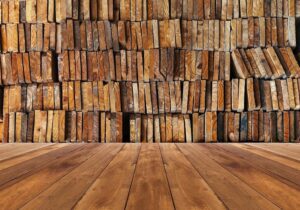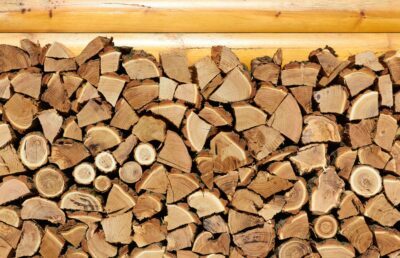Table of Contents
A comprehensive guide to kiln-dried wood for beginners
Wood undergoes a drying process to remove its moisture before it is used for commercial purposes. Kiln drying is one of the best ways to dry and prepare wood for commercial use. This article discusses the several steps involved in kiln drying and the advantages of kiln-dried wood.
What is Kiln-Drying?
Kiln-drying is a fast pace process that is commonly used for drawing moisture out of the wood. Kiln-dried wood is best known for its adhesiveness, flexibility, and strength. Keep reading to find out how the kiln drying process is carried out.
Process Of Kiln Drying
- Kiln drying begins when trees are brought to a lumber mill. The trees are debarked and sorted by species. The kilns used for drying firewood look like large ovens. The chopped-up and stacked logs are loaded into the kiln chamber. Large fans are present that remove excess moisture from the wood by heating and drying the logs simultaneously.
In a controlled environment of the kiln, the moisture content of wood is reduced to an optimal level. When the wood attains optimal moisture level, it is run through the planner, where final dimensioning and grading are carried out.
Components Of A Kiln
An industrial-grade kiln consists of the following components:
Kiln Chamber
- Kiln chambers are made of heat-resistant materials such as brick or cement. Nowadays, aluminum-built kilns are becoming more popular because of their lightweight. Kilns can also be customized according to specific needs and designs.
Heat Exchanger
- Heat is delivered into the kiln chamber through steam or traditional furnaces. The heat exchanger is an integral part of the chamber. Without a heat exchanger, drying cannot be carried out efficiently.
Humidifiers
- In humidifiers, atomized water sprays or perforated pipes are used for injecting the steam into the wood. This helps control humidity levels.
Air Fans
- Air fans are used for transferring heat and evaporated water in the chamber. These fans are fixed inside the kiln chamber.
Benefits Of Kiln-Dried Wood
Here are the benefits of kiln-dried wood that make it favored over seasoned wood.
Less Likely To Shrink
- Unlike untreated wood, kiln-dried wood is less likely to shrink. It is comparatively easy to cut and drill through the kiln-dried wood. For projects that require significant precision, kiln-dried wood is a perfect choice.
Resistant To Mold Growth
- Kiln drying reduces the moisture below the levels needed for mold to thrive. Thus, eliminating the risk of mold and mildew growth. In addition, the high temperature in the kiln kills the existing mold and spores present on the wood. This makes kiln-dried lumber an excellent choice for areas like kitchens and bathrooms.
Saves Costs
 Kiln drying produces a more consistent product that is less likely to distort or deteriorate. Due to its durability and wide range of applications, kiln-dried wood allows you to save money in the long run. Kiln-dried wood reduces the frequency with which homeowners have to repair or replace wood structures
Kiln drying produces a more consistent product that is less likely to distort or deteriorate. Due to its durability and wide range of applications, kiln-dried wood allows you to save money in the long run. Kiln-dried wood reduces the frequency with which homeowners have to repair or replace wood structures
Produces Stabilized Wood
- The process of kiln drying stabilizes the moisture of the wood and makes it tough. Kiln-dried lumber is an ideal choice for the construction and manufacturing of furniture. It is also stable to shrinkage and expansion with the fluctuations in the temperature or humidity.
Bol Design Inc. produces high-quality firewood kilns that efficiently remove the moisture from the wood and make it drier. To get more information about our lumber kilns and other equipment, call us at 828-754-7001. Our office is located in Hudson, NC.

